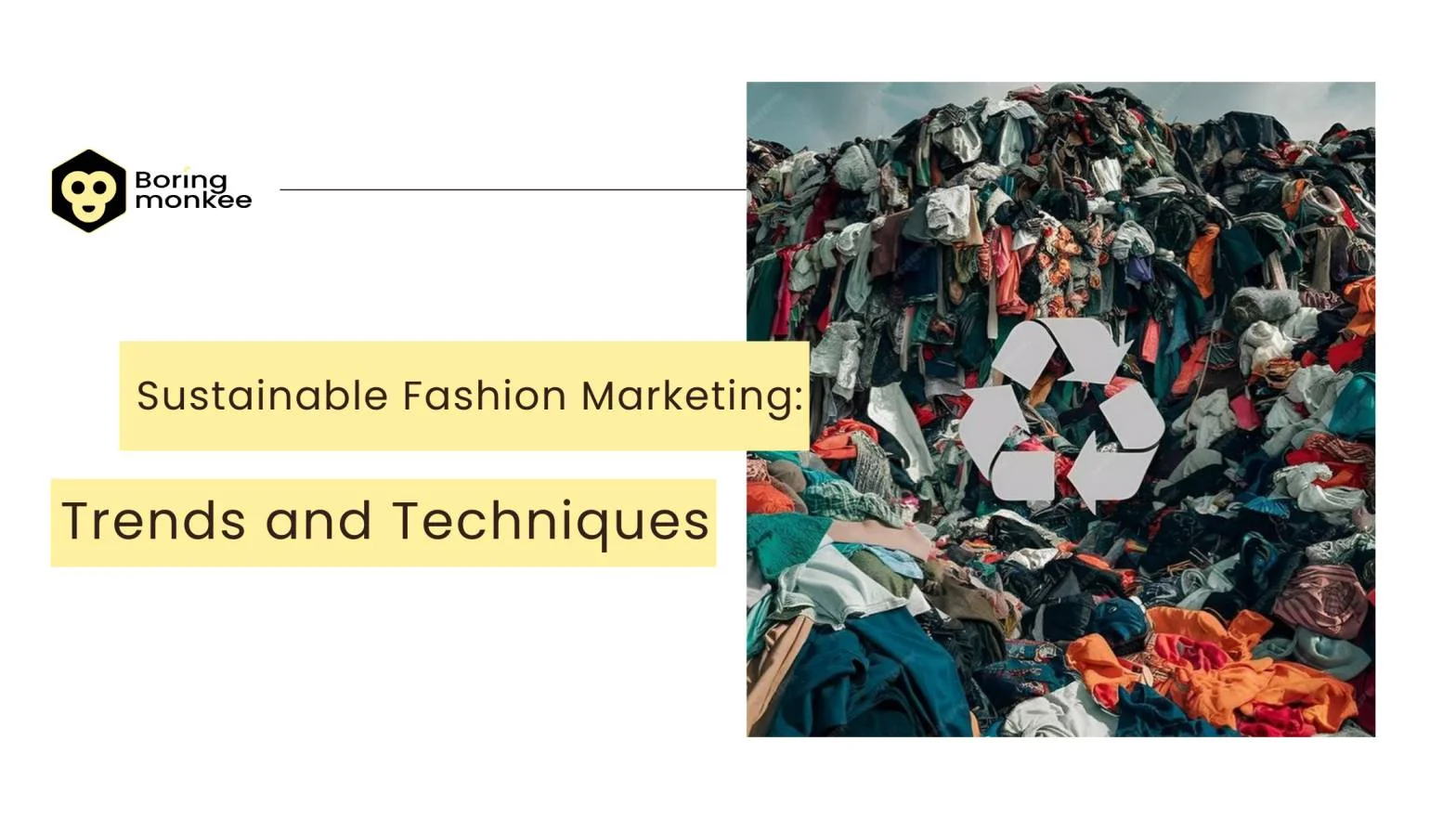Marketing Sustainability: Crafting a Message That Resonates

In today’s socially conscious marketplace, sustainability is no longer just a trend—it’s a necessity. Especially in industries like fashion, where environmental impact is significant, sustainable fashion marketing has become crucial. Consumers aren’t just seeking stylish products—they want brands that align with their values. The challenge for marketers is clear: how to craft a message that truly resonates without sounding forced or inauthentic.
Why Sustainable Marketing Matters
Sustainable fashion marketing: trends and techniques are evolving rapidly, driven by growing environmental awareness and ethical concerns. Shoppers today, particularly Millennials and Gen Z, expect brands to go beyond surface-level green claims. A Nielsen report shows that 73% of global consumers would change consumption habits to reduce environmental impact—clear evidence that sustainability affects buying behavior.
Marketing that genuinely reflects a brand's sustainability journey can build loyalty and long-term customer trust. This is especially relevant for fashion brands looking to stand out in a saturated market.
Know Your Audience
Understanding your target audience is the foundation of any strong marketing strategy. For sustainable fashion marketing, it’s essential to identify what drives your audience—eco-consciousness, social justice, or both. Are they passionate about organic fabrics, ethical labor, or zero-waste production?
Once you understand their values, tailor your message accordingly. For example, a brand promoting recycled denim can highlight water conservation, while a vegan fashion label might focus on animal welfare and cruelty-free production. The message should align closely with what your audience genuinely cares about.
Be Transparent, Not Perfect
A key element in sustainable fashion marketing techniques is transparency. Greenwashing—making misleading environmental claims—can severely damage a brand’s reputation. Instead of pretending to be perfect, be honest about where your company stands and where it aims to go.
Share your progress openly: use your platforms to talk about sustainable materials, ethical sourcing, or supply chain improvements. Consumers appreciate real efforts, even if your sustainability journey is still in progress.
Tell a Story, Not Just Statistics
While data (like carbon reduction percentages) has its place, storytelling makes your sustainability message relatable and memorable. Sustainable fashion marketing trends increasingly rely on emotional narratives—stories about artisans, circular fashion projects, or community impact.
Don’t just say your products are made from organic cotton—show the journey from farm to fabric. Introduce your team, highlight ethical partnerships, and bring your sustainable mission to life with compelling visuals and testimonials.
Make It Actionable
The most successful sustainable fashion marketing techniques empower customers to be part of the movement. Include calls to action that invite participation: recycling initiatives, secondhand shopping guides, or trade-in programs.
Interactive campaigns and educational content not only engage users but also deepen their connection to your brand’s values. Encourage community involvement and create a sense of shared purpose.
Integrate Across All Channels
Your sustainability message should be consistent across every platform—website, social media, packaging, even customer support. Cohesive messaging reinforces authenticity and makes your sustainable values unmistakable.
Whether you're showcasing sustainable fashion marketing trends on Instagram or writing detailed blog content on your website, ensure your brand voice and values remain aligned.
Final Thoughts
Sustainability in marketing isn’t about ticking boxes—it’s about building trust and driving real change. Whether you're a fashion startup or an established brand, embracing sustainable fashion marketing: trends and techniques can set you apart in a conscious consumer market.
Craft a message rooted in honesty, passion, and purpose. That’s the kind of story today’s audience wants to hear—and support.





